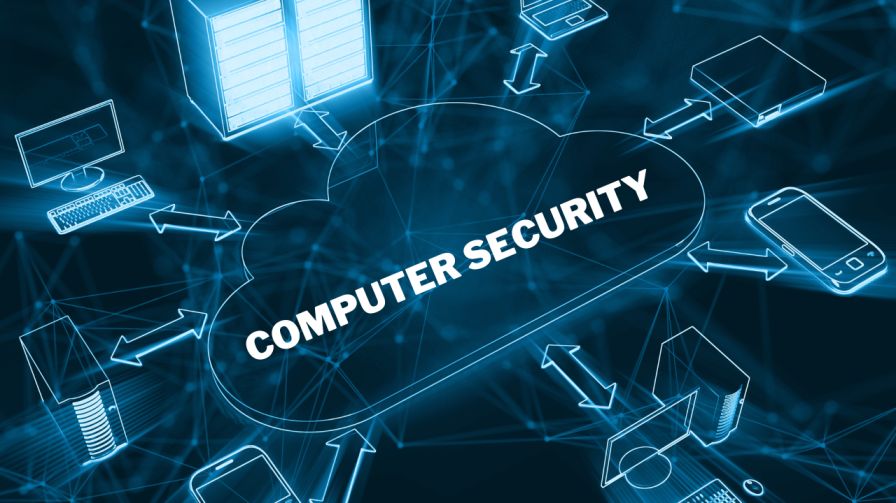Introduction
In an era dominated by technological advancements, ensuring computer security is paramount. Because businesses and individuals alike become increasingly reliant on digital platforms, the need to fortify our online defenses has never been more critical. In this comprehensive guide, then we delve into the intricacies of computer security, providing you with actionable insights to safeguard your digital assets effectively.
Understanding the Threat Landscape
The Evolving Nature of Cyber Threats
The digital landscape is teeming with ever-evolving cyber threats that can compromise the security of your computer systems. From malware and phishing attacks to ransomware and data breaches, the challenges are diverse and relentless.
Recognizing Vulnerabilities
To fortify your defenses, it’s imperative to identify and understand potential vulnerabilities. Regular security audits and vulnerability assessments are crucial components of a proactive security strategy. These assessments help pinpoint weaknesses, allowing you to patch and strengthen your systems effectively.
Best Practices for Robust Computer Security
Implementing Robust Password Policies
We recommend implementing stringent password policies that include a mix of uppercase and lowercase letters, numbers, and special characters. Regularly updating passwords is also essential to prevent unauthorized access.
Embracing Two-Factor Authentication (2FA)
By requiring users to provide two forms of identification, such as a password and a verification code sent to a mobile device, you create an additional hurdle for potential attackers.
Keeping Software and Systems Updated
Outdated software and operating systems are breeding grounds for vulnerabilities. Regularly updating your software ensures that you benefit from the latest security patches and enhancements. Automated updates are a convenient way to stay protected without manual intervention.
Securing Networks with Firewalls
Configuring firewalls to allow only authorized traffic and regularly monitoring their logs can prevent unauthorized access and protect sensitive data.
Data Encryption: An Unbreakable Shield
Importance of Data Encryption
Data encryption is the bedrock of information security. Encrypting sensitive data renders it unreadable to unauthorized users, even if they manage to access it. Implementing robust encryption protocols for communication channels and storage adds an extra layer of protection.
Transport Layer Security (TLS) for Secure Communication
In an era where data is constantly in transit, securing communication channels is paramount. Implementing Transport Layer Security (TLS) encrypts data during transmission, safeguarding it from interception and manipulation.
Proactive Threat Detection and Incident Response
Utilizing Intrusion Detection Systems (IDS)
Intrusion Detection Systems play a pivotal role in identifying and responding to potential threats. By monitoring network and system activities, IDS can detect anomalous behavior, enabling swift action to mitigate potential risks.
Crafting a Comprehensive Incident Response Plan
Preparation is key in the realm of computer security. Because, having a well-defined incident response plan ensures that your organization can respond swiftly and effectively to security incidents. This plan should outline the steps to be taken in the event of a breach, minimizing damage and downtime.
Conclusion
In conclusion, the landscape of computer security is complex and dynamic. By adopting a proactive approach and implementing robust security measures, you can significantly reduce the risk of falling victim to cyber threats. Then, remember, the key lies in staying informed, regularly updating your defenses, and being prepared for any eventuality.
For More Information About this topic just go to this Website.
Discover More Blogs:
